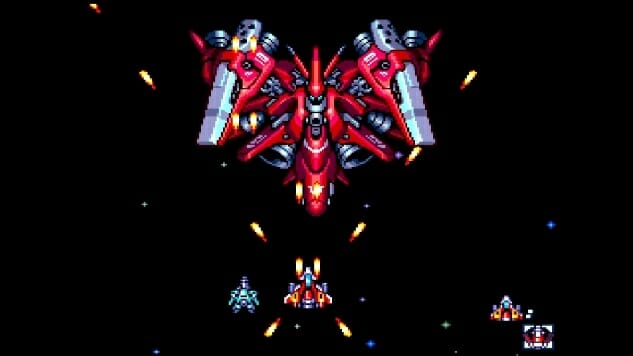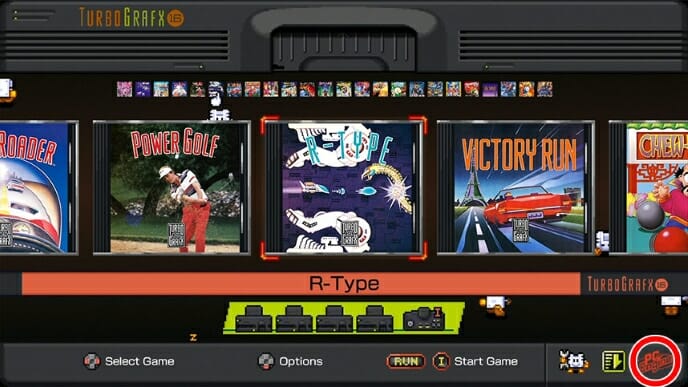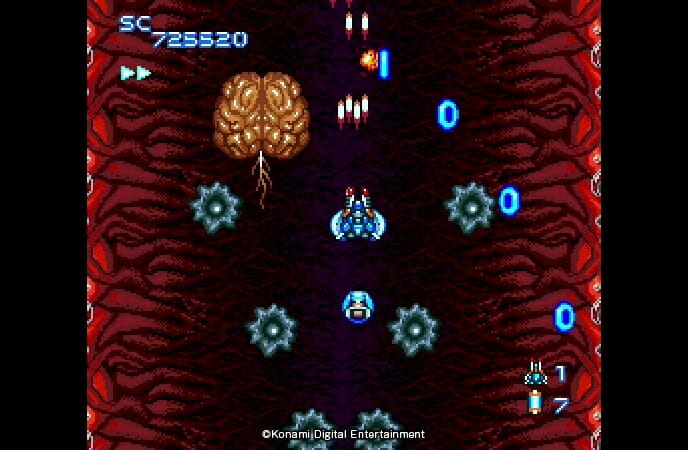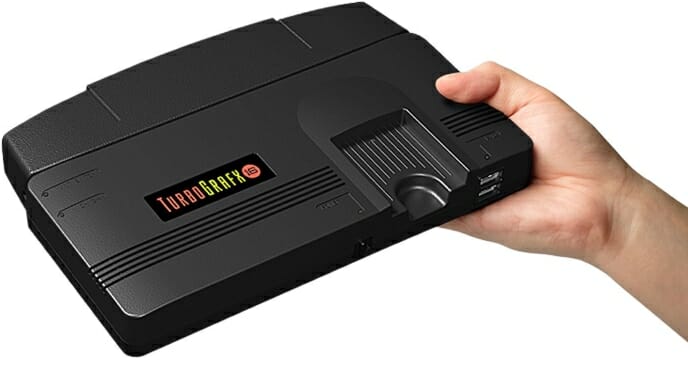The TurboGrafx-16 Mini Beautifully Revives an Overlooked Classic

Given its low profile in the United States, the TurboGrafx-16 might seem like a weird choice for a microconsole. If you’re at all familiar with NEC and Hudson Soft’s proto-16-bit system, though, you probably have one preordered already. That would have been the smart call, at least: this is easily the best of the nostalgic mini machines from the last few years, even if it is basically devoid of nostalgia for the vast majority of people who play videogames. It might lack familiarity, but in terms of filling in the historical record, this is as crucial as these things get, as most of these games haven’t seen the light of day in a long time.
I’ve never tried to hide my fascination with the TurboGrafx-16. If you’ve read my work at Paste over the last decade, or ever looked at my especially pointless Twitter feed, there’s a good chance you’ve seen me raving about this now-obscure console from 1989, which had a brief blip of prominence in America before slowly fading away over the first half of the ‘90s. I bought one when I was 12 with the money I made from selling my Game Boy (never regretted that) and NES (regretted it slightly about 20 years later before just buying another one), and have had it plugged into a TV pretty much consistently since then. I can’t say I play it regularly, but when I want to it’s ready to go. Yard sales and flea markets were semi-reliable sources of games throughout the ‘90s, until eBay took over as the marketplace of note around the turn of the century, and together they let me continue to grow my collection well after the TurboGrafx was discontinued. I’m far from complete—and I’m not really trying to pull that off, anyway—but I do have several dozens of these games sitting on a shelf in my office, and will almost definitely be adding more whenever the price is right.
I say this all to prove to you that I am into it—“it” being the TurboGrafx. This failed machine, which was a legitimate hit in Japan under the name PC Engine, came out at the right time to hook me for life, and to appeal to a middle school kid tentatively stepping into pursuits that, to my sheltered and impressionable mind, felt less childish than what I had known. This probably sounds ridiculous, and I am in no way comparing these things in terms of content or artistry, but I bought a TurboGrafx-16 the same year I started listening to college radio, reading Grant Morrison and Neil Gaiman comics, and watching Twin Peaks during its initial run on ABC. In other words, the TurboGrafx hit the same year I became pretentious as hell—or, more accurately, started to realize even “low-brow” media like comics, nighttime soaps, and rock’n’roll could be a little more stimulating than what I was used to. Coverage of the TurboGrafx in magazines like Video Games & Computer Entertainment made it seem riskier and edgier than what Nintendo was releasing, with the demonic and horror movie imagery of games like Splatterhouse and Devil’s Crush selling me on the system. Pawning my Nintendo stuff to buy a TurboGrafx was a kind of teenage rebellion for a dumb kid who didn’t know anything about rebelling or being a teenager.

I dredged up that banal biography just to make sure you realize the score here. Yeah, I’m biased. I love this machine and many of its games. I am thrilled that it’s made an unlikely return over 30 years later. If you’re the kind to dismiss a review because the critic might be partial to the thing they’re reviewing, or the people who made it, then be forewarned. Ready those shouts of “bias” as you see fit.
Even if I wasn’t a sucker for this exact thing, I’m pretty sure I’d still find the TurboGrafx-16 Mini to be the best in its class. It is historically the most significant of these machines, if only because of the gaps in knowledge it helps fill in, and its menu design, display options and form factor make it the most aesthetically pleasing. I don’t know if there are any other companies that could potentially produce a thing like this anymore, but if they do exist, they should look to this for inspiration.

